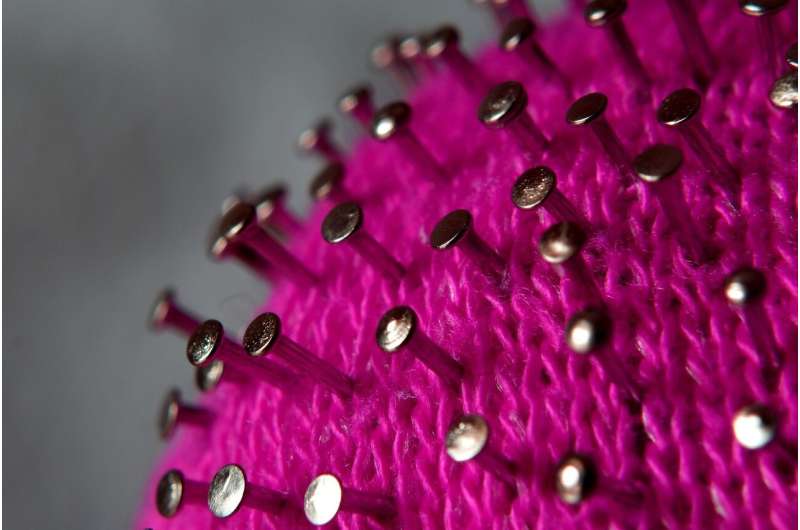Credit: CC0 Public Domain
The ERA-EDTA has created a European database that collects granular individual data of dialysis patients and transplanted patients with COVID-19. "End stage renal disease patients are generally assumed to be at very high risk of experiencing severe COVID-19 complications. In triage processes, therefore, they are sometimes refused admission to intensive care units. However, there are conflicting data from individual clinicians that suggest that COVID-19 have limited symptomatology in patients on dialysis or with a kidney transplant. This is why we need to collect detailed data," explains ERA-EDTA Press Officer, Professor Ron Gansevoort. "Our hope is to gain insights into the patient and treatment characteristics that are related to outcome and to learn about modifiable risk factors, which would help to improve the prognosis of our patients."
So far, the database on COVID-19 disease progression in patients on renal replacement therapy is very limited. There are some singular case reports from China and Italy, but prevalence and outcomes are highly heterogeneous. One center in Wuhan reported that 37 out of 230 patients had been infected, six of whom died. This points to a mortality rate of 16%. In a center in Lombardy, 18 patients were infected, and only one was in critical condition. A first (unpublished) analysis performed ten days after the launch of a Spanish registry showed a mortality rate of 44% in hemodialysis patients, which would be an upsettingly high number.
"But several biases might have interfered. First of all, the data might be highly selective after ten days in the midst of the crisis. Nephrologists are very busy these days, so many doctors might mainly have registered those patients who had died, but not the ones who had recovered or were still struggling with the disease. Furthermore, Spain has the highest transplantation level in Europe, which means that Spanish patients on dialysis are indeed particularly frail and old and cannot be compared to the dialysis population of other countries where organ transplantation rates are much lower," explains the expert.
"All in all, we know that our patients have a higher risk of getting a severe COVID-19 disease compared to the general public without comorbidity, but so far we cannot assess the risk exactly." The primary aim of this ERA-EDTA registry initiative is therefore to gather reliable data on the outcomes of patients on renal replacement who are coronavirus-positive.
In addition, the ERA-EDTA hopes to derive risk factors for worse outcomes. "It would be invaluable to know what exactly increases the risk facing our patients. Such knowledge could help us take steps to reduce that risk," says Gansevoort.
"This is why ERA-EDTA has launched this database, and we kindly call on nephrologists of all European countries to provide their patients' data. The more patients are registered, the better. It is of utmost importance that we gain insights into the factors that might be relevant for the outcomes of dialysis patients and kidney transplant patients," adds Professor Carmine Zoccali, President of the ERA-EDTA.
More information: Yiqiong Ma et al. 2019 novel coronavirus disease in hemodialysis (HD) patients: Report from one HD center in Wuhan, China, (2020). DOI: 10.1101/2020.02.24.20027201
Giuseppe Rombolà et al. Correction to: Practical indications for the prevention and management of SARS-CoV-2 in ambulatory dialysis patients: lessons from the first phase of the epidemics in Lombardy, Journal of Nephrology (2020). DOI: 10.1007/s40620-020-00729-w
Provided by ERA-EDTA






















